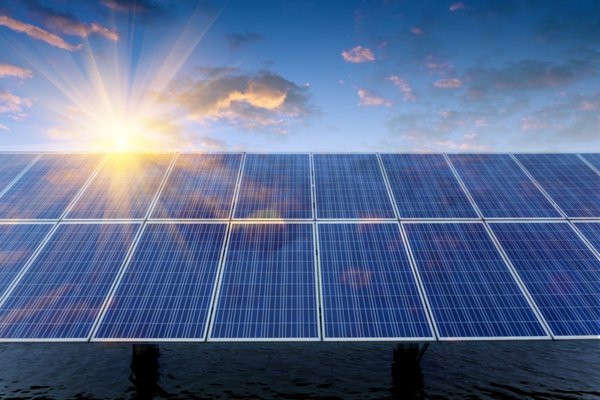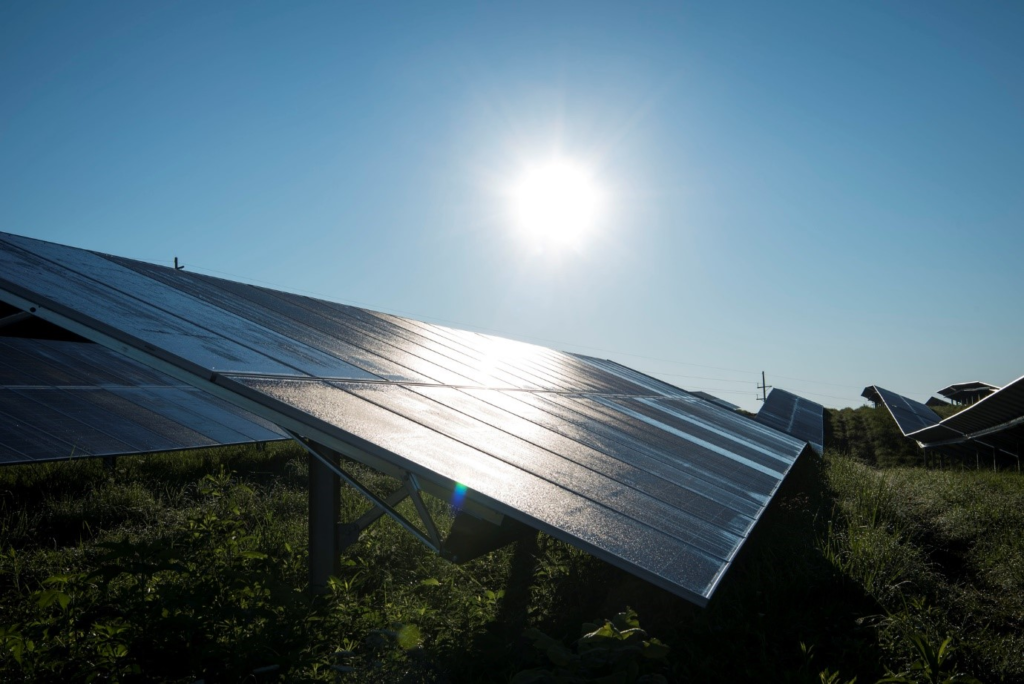India Meteorological Department (IMD) reveal a concerning trend of decreasing solar radiation in various locations across India, impacting the potential of solar energy generation.
What is solar photovoltaic (SPV) potential?
- SPV potential refers to the maximum amount of solar radiation that can be converted into electricity using photovoltaic (PV) technology in a particular area.
- It is measured as kilowatt-hours per installed kilowatt of capacity (kWh/kWp).
- It depends on factors like sunlight availability, weather, and geographical location.
- Assessing this potential helps determine the feasibility of installing solar panels for electricity generation.
Decreasing Solar Radiation Trends
Study Findings:
- Analysis by IMD scientists shows a decreasing trend in solar radiation suitable for conversion to electricity by solar panels.
- Analysis conducted at 45 IMD stations revealed declining trends in SPV potential.
Locations Affected:
- SPV potential showed a general decline in all stations which included Ahmedabad, Chennai, Goa, Jodhpur, Kolkata, Mumbai, Nagpur, New Delhi, Pune, Shillong, Thiruvananthapuram, and Vishakhapatnam.
- India’s largest solar parks, mainly in Gujarat and Rajasthan, are also experiencing a decrease in solar photovoltaic (SPV) potential.
Factors Contributing to Decline
- Increased Aerosol Load: Emissions from carbon, fossil fuel burning, and dust contribute to higher aerosol presence.
- Impact of Aerosols and Clouds: Aerosols absorb the sunlight and deflect it away from the ground and they can also aid the formation of dense clouds, that again block sunlight.
Implications for Solar Energy:
- The efficiency of solar panels are significantly influenced by the amount of sunlight incident on them.
India’s Solar Power Capacity:
- As of now, India’s installed solar capacity stands at approximately 81 GW, about 17% of the total electricity capacity.
- The country’s solar energy potential, estimated by the National Institute of Solar Energy, is 748 GW.
- India ranks 5th globally in Solar Power Capacity.
- India plans to obtain around 500 GW, almost half of its electricity needs, from non-fossil fuel sources by 2030.
- This includes achieving at least 280 GW from solar power by that year, requiring an annual addition of at least 40 GW of solar capacity until 2030.
Government Initiatives:
- Rooftop Solar Initiative: A major initiative to fund rooftop solar installations in at least one crore houses across the country, announced earlier this year.
- National Solar Mission (NSM): Launched in 2010, this initiative promotes solar energy use for grid-connected and off-grid applications through financial incentives, subsidies, and policy support.
- Solar Park Scheme: It aims to create 50 solar parks, each with a capacity of 500 MW or more, totaling approximately 38 GW by 2025-26.
- These parks serve as key hubs for solar energy generation, attracting investments and facilitating solar power development.
- The Production Linked Incentive (PLI) Scheme for High-Efficiency Solar Photovoltaic Modules: It aims to incentivize the production of such modules as part of the national program.
- PM Surya Ghar Muft Bijli Yojana: Offers subsidies for rooftop solar panel installations.
Other key facts:
Global solar radiation:
- Global solar radiation is the total amount of solar radiation that reaches the Earth’s surface, made up of direct and diffuse radiation.
- It is important for the climate system because it affects air temperature, evaporation, biological growth, and how much solar energy is available.
- Global solar radiation exhibited a decreasing trend from 1981 to 2006, with greater dimming observed from 1971 to 2000 compared to 1981 to 2006.
- However, a reversal in trends occurred after 2001, with unclear causes for this shift.
Ref:Source
| UPSC IAS Preparation Resources | |
| Current Affairs Analysis | Topperspedia |
| GS Shots | Simply Explained |
| Daily Flash Cards | Daily Quiz |



